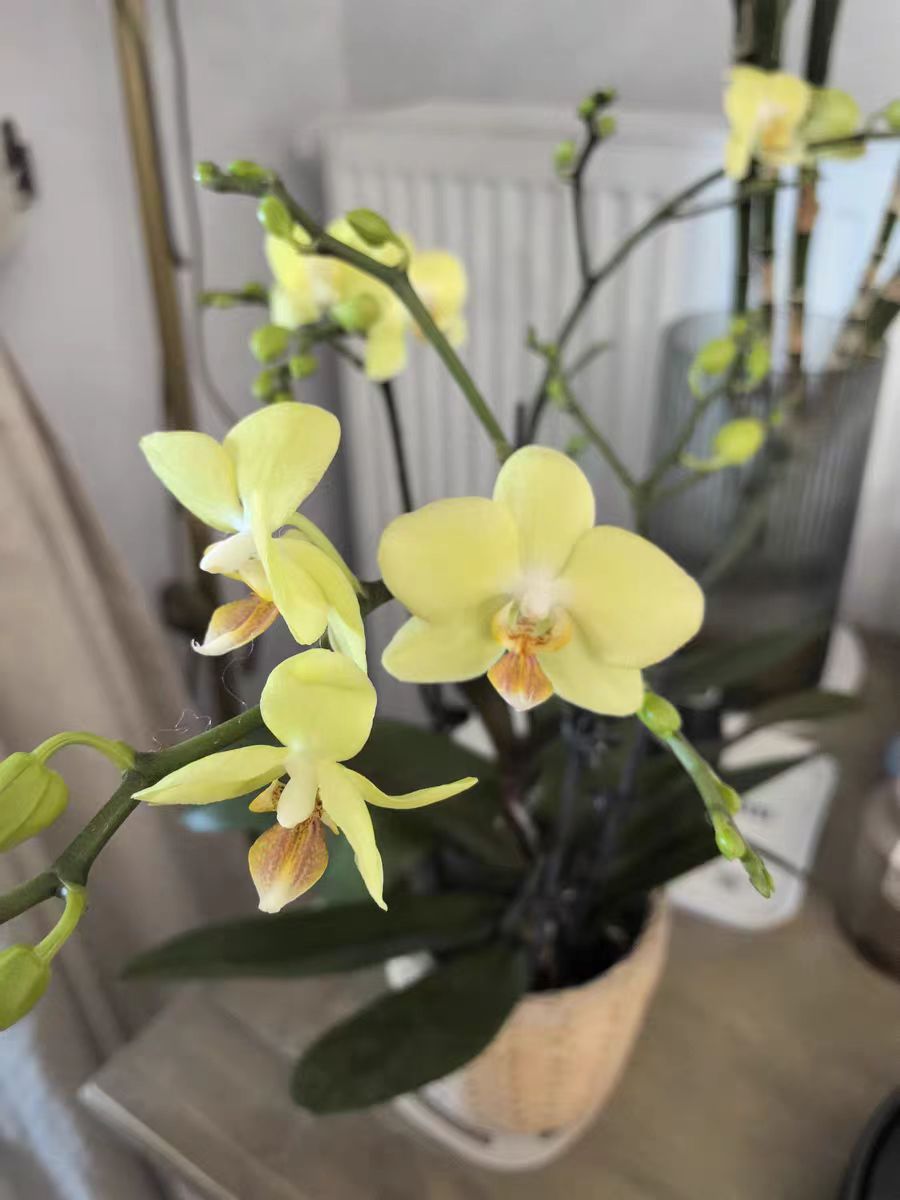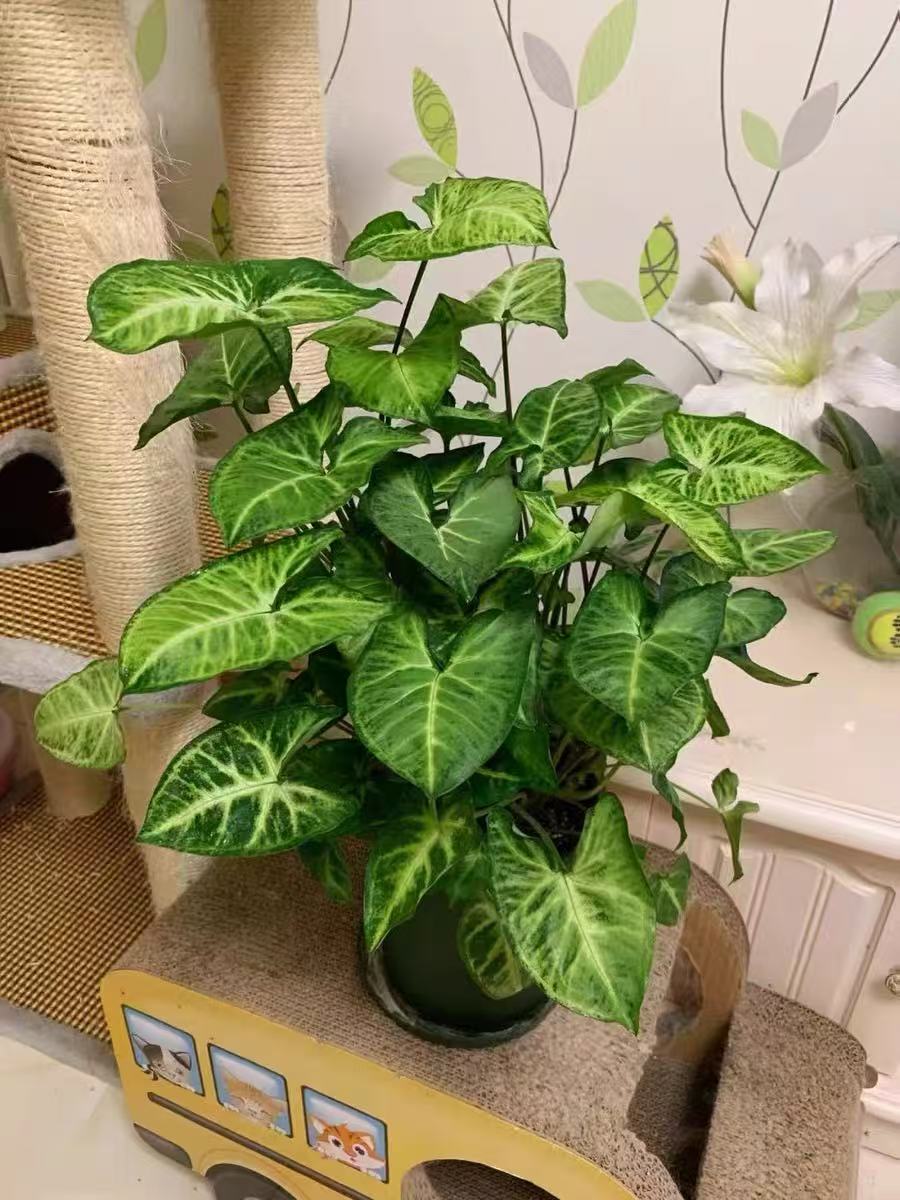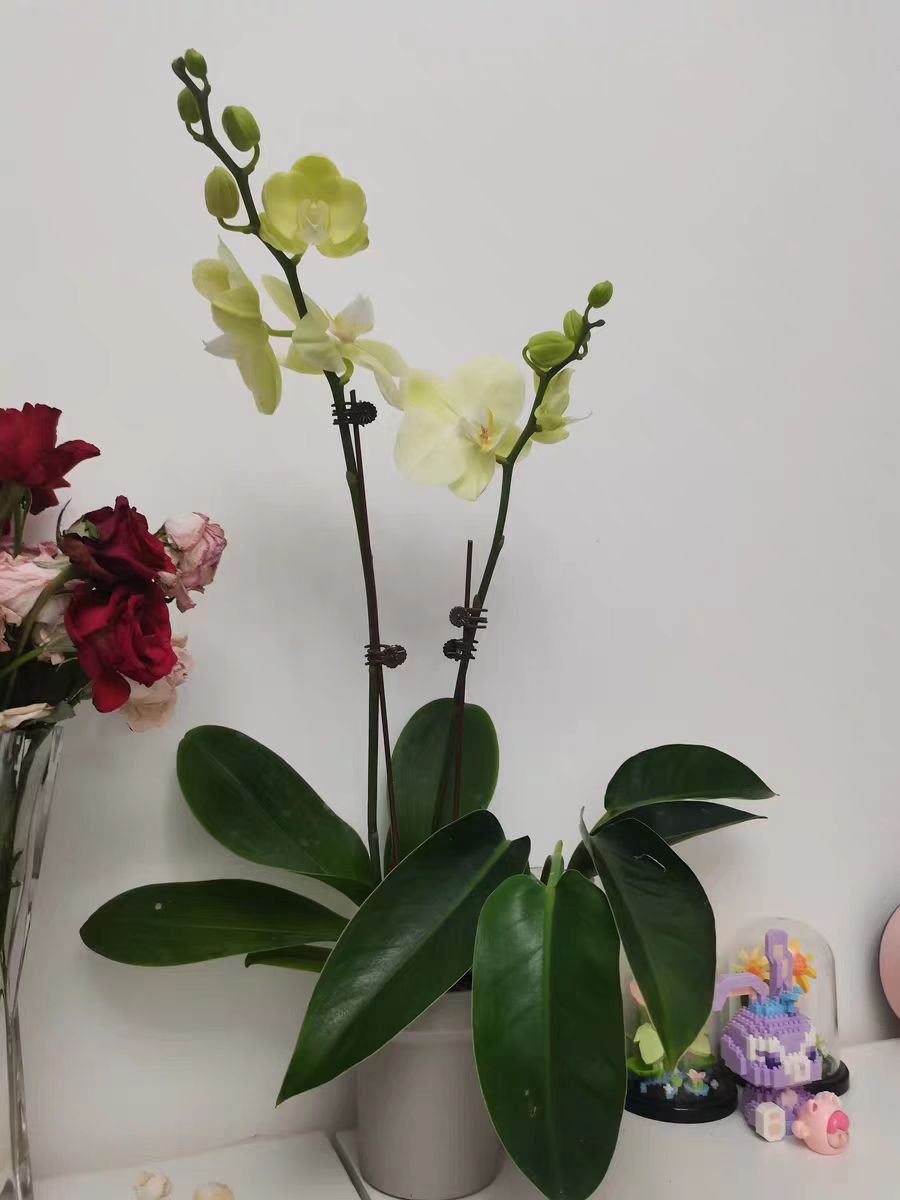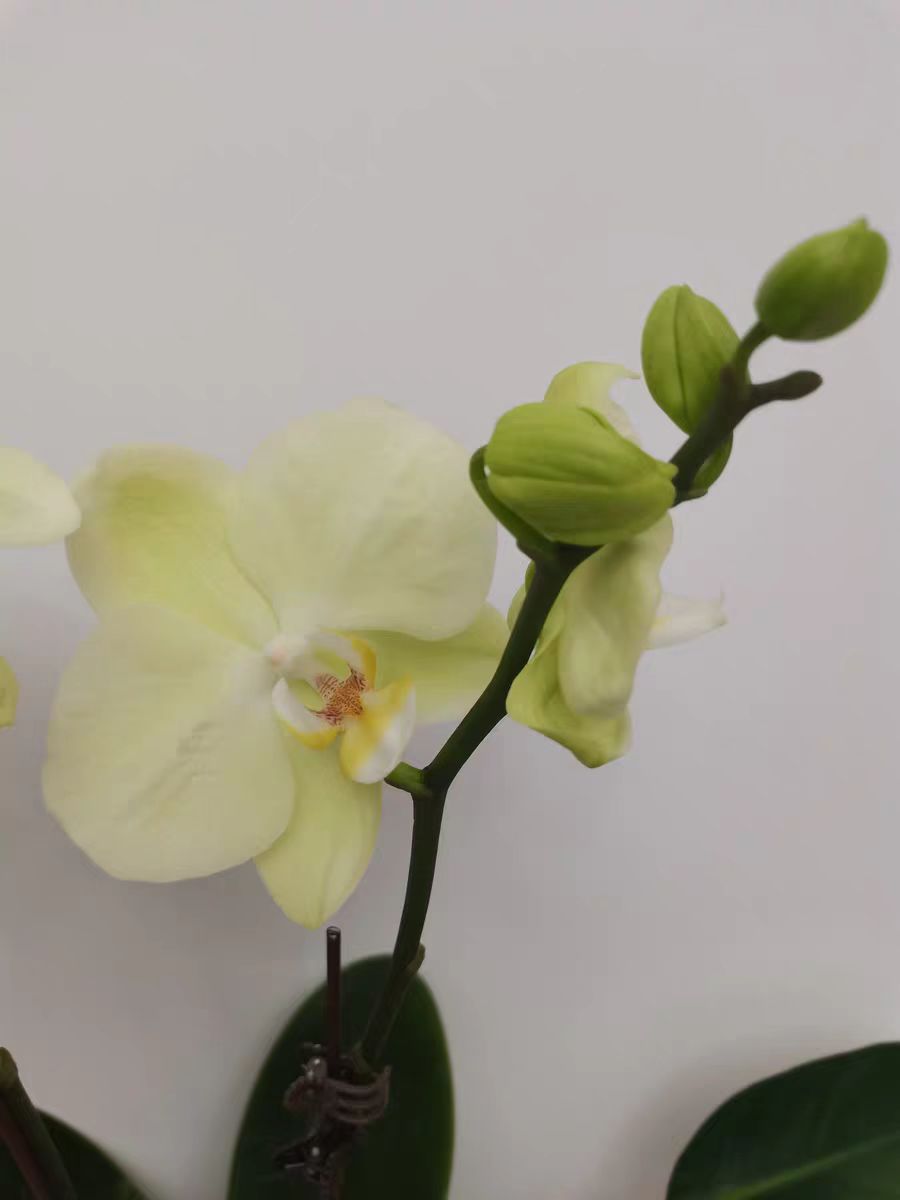Phalaenopsis is a flower with high ornamental value. During the process of its cultivation, repotting is an important part. When repotting, the use of sphagnum moss and subsequent care have a profound impact on the growth of Phalaenopsis.
The roots of Phalaenopsis are relatively sensitive and vulnerable to the invasion of microorganisms such as bacteria and fungi. Therefore, during the repotting process, disinfecting the sphagnum moss is of particular importance. Disinfection can effectively kill the harmful microorganisms attached to the sphagnum moss, providing a clean and sterile growth environment for Phalaenopsis, thus reducing the risk of root diseases.
Specifically, the steps for disinfecting sphagnum moss include:
Tool preparation: Prepare scissors, alcohol or a heat source (for disinfecting scissors), new sphagnum moss, etc.
Root cleaning: Before disinfection, the roots of Phalaenopsis need to be cleaned thoroughly, removing the old sphagnum moss and impurities, and trimming the diseased, weak, or overly long roots.
Soaking disinfection: Soak the new sphagnum moss in boiling water at about 90 degrees Celsius for 30 minutes to remove impurities and bacteria. If possible, disinfectants such as carbendazim can also be used for soaking disinfection, but attention should be paid to controlling the concentration and soaking time to avoid damaging the sphagnum moss.
Rinsing and squeezing dry: After soaking, rinse the sphagnum moss with clean water to ensure that there are no impurities remaining. Then squeeze out the water to keep the sphagnum moss in a loose state without dripping.
After changing to the disinfected sphagnum moss, Phalaenopsis needs a period of adaptation. During this period, scientific care measures are of great significance. The following are some key care measures:
Root wrapping: Tightly wrap the disinfected sphagnum moss around the roots of Phalaenopsis to ensure that the roots are fully covered while maintaining appropriate air permeability. The tightness should be moderate, neither too tight nor too loose.
Potting and maintenance: Put the Phalaenopsis with the wrapped sphagnum moss into a new flowerpot and gently compact the sphagnum moss to make it closely adhere to the roots. The size of the flowerpot should be moderate, providing enough growth space while maintaining good air permeability.
Watering management: After repotting, the first watering should be thorough to ensure that the water can penetrate to the bottom of the substrate and drain the excess water. After that, follow the watering principle of "watering when the substrate surface is dry", that is, water again when the substrate surface is dry to avoid water accumulation leading to root rot. When watering, the water temperature should be close to the room temperature to avoid excessive temperature difference from stimulating the plant.
Light management: Phalaenopsis prefers a semi - shaded environment and should avoid long - time direct sunlight. After repotting, it should be placed in a place with bright indoor light but no direct light, such as the scattered light area near the window. As Phalaenopsis gradually adapts to the new environment, the light time can be gradually increased.
Temperature control: Phalaenopsis is sensitive to temperature, and the suitable growth temperature is 18 - 28℃. After repotting, attention should be paid to keeping the indoor temperature stable to avoid adverse effects on Phalaenopsis caused by too high or too low temperatures.
Good ventilation: Strengthen ventilation to speed up the dry - wet cycle of the roots and avoid root rot caused by too much water. At the same time, ventilation also helps to reduce the occurrence of diseases and pests.
Growth observation: After repotting, closely observe the growth of Phalaenopsis. If phenomena such as yellowing leaves or root rot are found, timely measures should be taken to deal with them to avoid the deterioration of the condition.
In conclusion, when repotting Phalaenopsis, it is very necessary to disinfect the sphagnum moss. At the same time, after changing the sphagnum moss, scientific care measures are also the key to ensuring the healthy growth of Phalaenopsis. Through careful care and scientific cultivation methods, we can make Phalaenopsis thrive in the new environment.
Is it necessary to disinfect the sphagnum moss when repotting Phalaenopsis?

Share with
Tagged in :




Leave a Reply